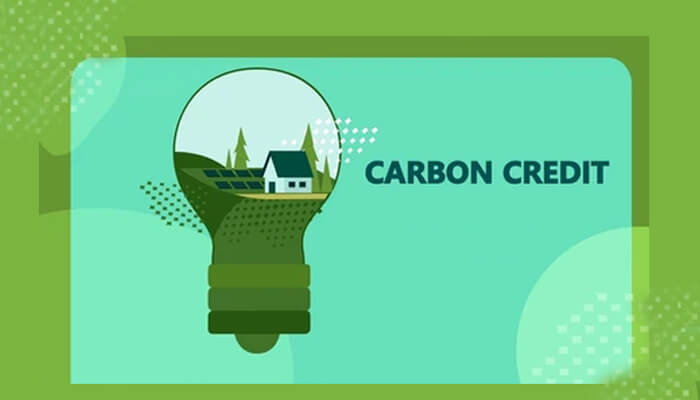Reasons for the importance of carbon credits
1. More emphasis on climate change goals and sustainability
Considering the perspective of a country, climate change goals, and sustainability, the carbon credits trend has improved. Emerging and developing countries also focus on reducing emissions to attain carbon goals. The trend of net-zero targets focuses on sustainability. With the emphasis increasing on climate change relating factors and sustainability, the carbon credits demand grows.
2. Industrialization to continue
Renewable energy sources fail to replace fossil fuels. Greenhouse emissions are the concerns of manufacturing. With the demand increasing for infrastructure and goods, industrialization will continue to increase.
For economic development, industries need to operate. Thus, maintaining a balance in carbon credits is critical.
3. Regenerative practices reward
The attempts to reduce carbon emissions is an effort praiseworthy. These innovative practices should receive rewards for asset management and for working towards reducing carbon footprints.
Financial rewards distribution may be a practice for agriculture and industries, as they contribute towards achieving the climate goals.
4. Regulatory framework
The market of carbon credits gets a push as it has the backing of the legislation regulatory framework. Critical changes are in anticipation while attaining uniform carbon trading. It is as per the legislation and policy changes.
Carbon credits with such developments feature a strong domestic market, and the financial markets cover both, the agriculture and manufacturing sectors. It ensures investment in varying fields, such as hydrogen, power, and mobility sectors elevate through trading carbon credits.
What are the major challenges critical to learning about the carbon offset market?
The limitation of carbon offsetting is that they mitigate the carbon emissions problem. The projects are not effective, and there is a need for additional projects to cover until the lifespan ends. The carbon offsets alone remove the carbon emissions.
A risk management strategy focuses on fast-changing regulations. The dynamics of the market present the stakeholder’s risks and significant opportunities, particularly:
1. Companies buy carbon credits of high quality to fulfill their commitments of net zero. It may be possibly mandatory or voluntary. There is a scrutiny increase on the carbon credits integrity for regulators and consumers. Thus, it underpins and chooses the need for carbon credit products.
2. Regulators develop and implement as per the requirement. They decide how to adapt the criteria of eligibility as per their carbon tax schemes or domestic ETS. Regulators need to consider the rules affecting schemes, such as CORSIA and if required, consider other industries having identical schemes running.
3. Project developers and investors have to develop and invest in high-quality projects. However, it is essential to know the market dynamics, asset management, and also regulations.
4. Host countries do not miss such opportunities of receiving extra financing from financial markets for carbon-reducing projects. They consider the approach towards carbon credit and apply for financing to foster sustainable development. The aim also serves the purpose of cutting emissions.
Eventually, the credits allow GHG emissions or measures against benchmarks. If the emissions are lesser than the allowed limit, the advantage is earning carbon credits. It means on reducing CO2 by 1 tonne, you earn 1 carbon credit. While if the emissions surpass the allowed limit, they must buy carbon credits from people having surplus credits.
In this way, surpassing the limit of emissions imposes a cost to buy carbon credits. The aim is focusing a risk management strategy, and the emitters will be more efficient in reducing emissions.



